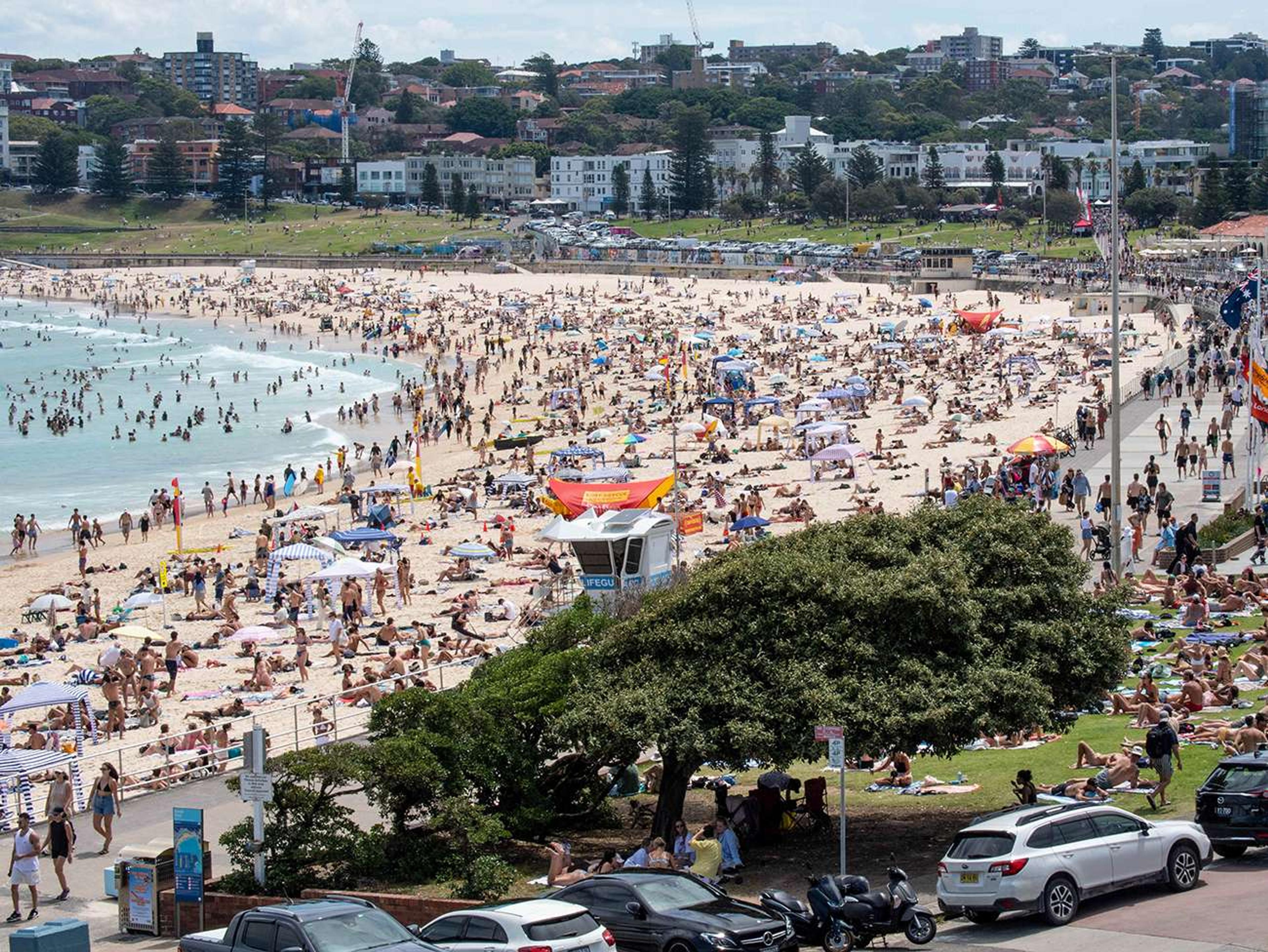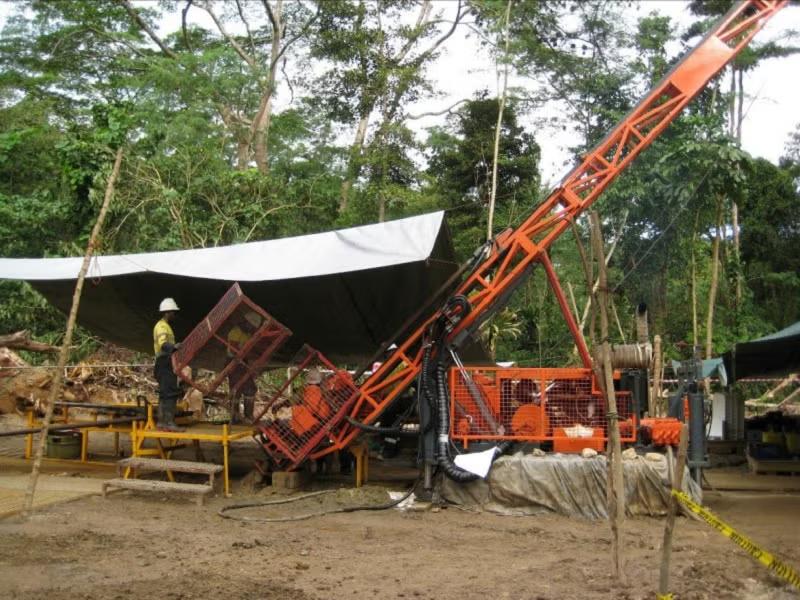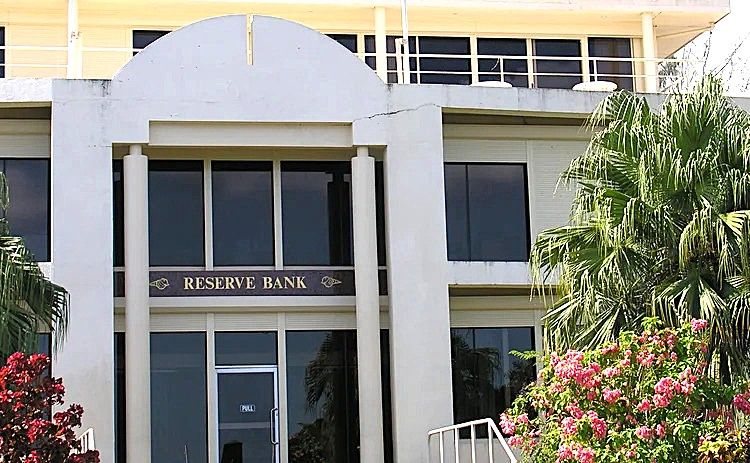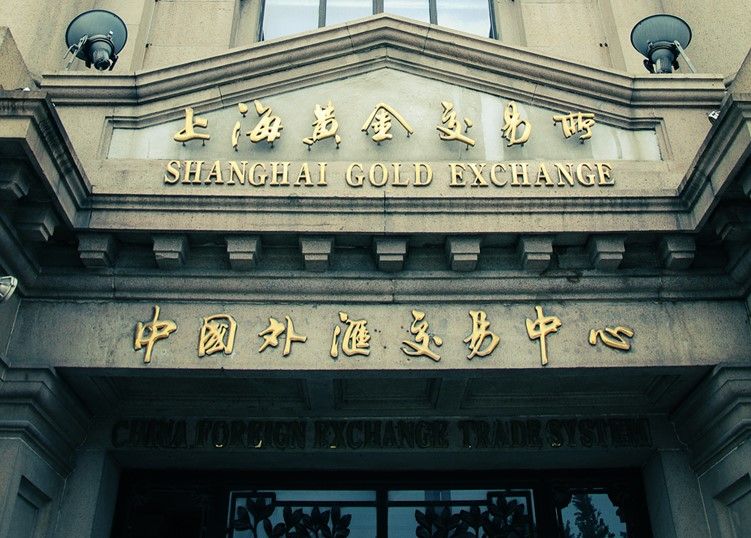

Papua New Guinea Trade and Investment Minister Richard Maru says high global gold prices have revived interest in previously uneconomic mines.
Photo/PMN Composite
Pacific island countries turn to gold in search of economic sovereignty
From Port Moresby to Port Vila, some Pacific governments are banking on gold to boost their economies and strengthen their currencies.


Sāmoan stars in Aotearoa NZ: Donell Lewis and Kennyon Brown tour with DJ Noiz

Pacific leaders call for unity after Bondi attack

Black Caps legend joins global fight against gender violence

Tonga Touch Rugby Masters call on diaspora to pull on the red and white again

Sāmoan stars in Aotearoa NZ: Donell Lewis and Kennyon Brown tour with DJ Noiz

Pacific leaders call for unity after Bondi attack

Black Caps legend joins global fight against gender violence
As record gold prices and shifting global reserves drive countries to diversify away from traditional currencies like the US dollar, some Pacific nations are joining the modern gold rush.
With gold breaking through the US$4000 (NZ$7000) mark per ounce in October 2025, the precious metal has regained its reputation as the world’s ultimate safe haven.
Central banks around the world are responding and some Pacific countries are following suit.
Papua New Guinea (PNG), the Pacific’s largest gold producer, is spearheading this regional movement. The government plans to build a national gold refinery and boost its domestic reserves to strengthen trade and currency stability.
Speaking with PMN News Political Reporter Ala Vailala on the sidelines of APEC 2025 in South Korea, PNG Trade and Investment Minister Richard Maru says the plan represents a major economic shift.
“We are getting ready to establish our own gold refinery… that proposal has the highest government support."

High global prices has revived interest in previously uneconomic mines, including the Mishima diamond and gold project. Photo/NS Energy
The refinery, to be led by state-owned Kumul Mining Limited, will allow PNG to process and refine its own gold rather than exporting raw ore. Maru says the strategy is part of a deliberate move toward self-sufficiency.
“Our interest has to do with downstream processing and getting more value, and building our own reserves of gold to help boost our currency,” he says.
While acknowledging China as PNG’s largest trading partner, Maru rejects suggestions that the initiative has been influenced by Beijing’s de-dollarisation campaign, a gradual shift towards diversified reserves and a more multipolar financial system.
Listen to Richard Maru's full interview below.
“The China factor will not come into it,” he says.
High global prices have also revived interest in previously uneconomic mines, including the Mishima diamond and gold project, which Maru says has become viable again thanks to surging demand.
Economist Kishti Sen of ANZ told The National that gold has become a dominant force in PNG’s exports.
“Gold for PNG will remain a top export earner. It ranks as second only to LNG in terms of export earnings,” he says. "With gold prices sky high this year and producers ramping up production to take advantage of these record prices, gold could top as the highest export revenue generator for PNG this year.”
Meanwhile, Vanuatu made its first-ever gold purchase for national reserves in August 2025.
The Reserve Bank of Vanuatu (RBV) confirmed the acquisition of bullion worth US$4million (NZ$6.8m) under Section 22 of its Reserve Bank Act. It marks the first time the RBV has invested its reserve of external assets in gold bullion.

Reserve Bank of Vanuatu made its first-ever gold purchase for national reserves in August 2025. Photo/Reserve Bank of Vanuatu
In a statement, the bank says the gold purchase is consistent with the global trend among central banks responding to heightened global risks and uncertainty.
"This investment diversification aims to address risks, provide safety that strengthens its balance sheet and improve confidence in Vanuatu and its monetary system. The RBV will be making such further investments in (the) future as and when it sees appropriate."
Vanuatu’s decision places it among a small group of Pacific nations holding physical gold.
Data from the World Gold Council show that PNG holds about 1.96 tonnes, Fiji about 0.03 tonnes, and all other independent Pacific island countries report zero official tonnage.
According to the US Department of Commerce, while mining and quarrying represent a small portion of Fiji’s economy, the sector is poised for significant growth.
The Vatukoula and Tuvatu mines now anchor production, with the latter beginning full mechanised underground operations in 2024. Between 2021 and 2023, the government earned FJ$51.6m (NZ$43m) from mining revenues.
Despite this, Fiji’s central bank still holds only a small gold reserve, approximately 0.03 tonnes as of mid-2025, highlighting a regional gap between production capacity and reserve strategy.
Elsewhere, the Solomon Islands continues efforts to restart its Gold Ridge mine, while Sāmoa, Tonga, and others remain without any official holdings.
The World Gold Council reports that central banks have been buying more than 1000 tonnes annually for three consecutive years, about double the pre-2022 pace. It says gold now accounts for a larger share of official reserves than US Treasuries for the first time since 1996.
Countries with geopolitical ties to China and Russia have sharply increased their purchases since 2021, after the G7 froze Moscow’s foreign-exchange reserves.
The Council notes that “central banks are redrawing the map of global reserves” as gold outperforms bonds in an era of economic uncertainty.

Beijing’s influence on global gold trading has also expanded through the Shanghai Gold Exchange. Photo/World at Large
China, through the People’s Bank of China, has added to its reserves for eleven consecutive months, part of a wider effort to diversify away from the US dollar.
Beijing’s influence on global gold trading has also expanded through the Shanghai Gold Exchange and new regional hubs in Hong Kong, Singapore, and Dubai, signalling its long-term goal of promoting the yuan as a settlement currency for commodities.